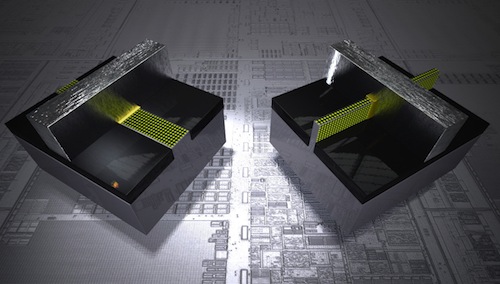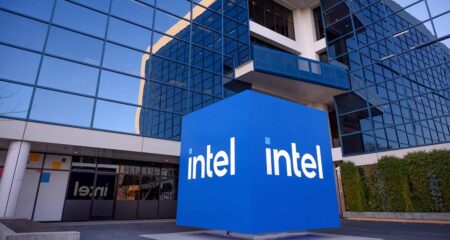
Intel, the world’s largest manufacturer of microprocessors that power computers, has taken the wraps off what it is describing as the most radical shift in semiconductor technology in more than half a century.
The “three-dimensional” technology, based on “tri-gate” transistors, will allow the company to product the sort of tiny, low-power chips that have kept it from gaining a significant toehold in the market for smartphones and tablet computers. Until now, device manufacturers have preferred technology licensed by the UK’s ARM Holdings.
The new technology, Intel says, will allow the company to maintain Moore’s Law, which states that the number of transistors that can be placed inexpensively on an integrated circuit doubles about every two years. Moore’s Law is named after Intel co-founder Gordon Moore, who noticed the trend in 1965.
Intel claims 3D tri-gate technology will produce much faster chips that consume 50% less power. It will be introduced its its new 22-nanometre Ivy Bridge microprocessors. One nanometre is a billionth of a metre. The technology will be used across Intel’s entire product line and will go into mass production later this year. — Staff reporter, TechCentral
- Subscribe to our free daily newsletter
- Follow us on Twitter or on Facebook




